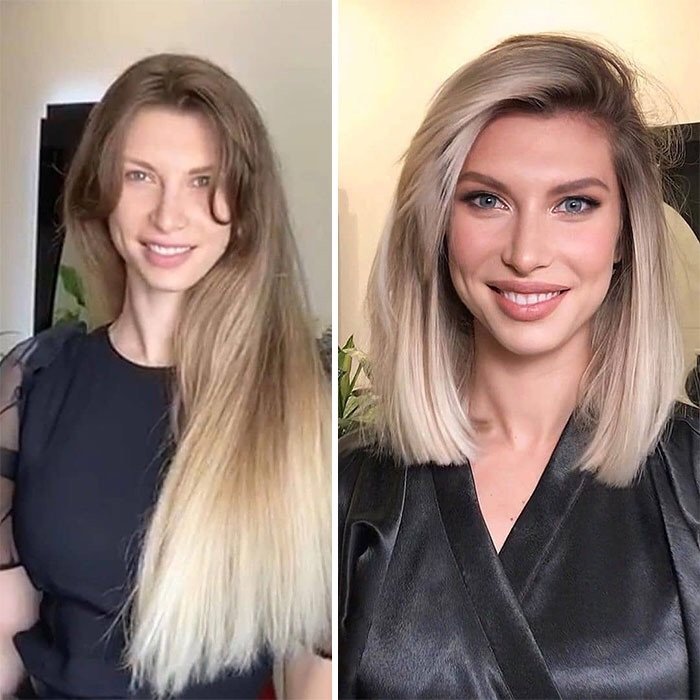Breaking News


Popular News







Enter your email address below and subscribe to our newsletter


Haircuts can be a gamble. You walk into the salon with high hopes, picturing yourself walking out with luscious, Instagram-worthy locks—only to leave feeling disappointed, frustrated, or even horrified by the results. But here’s the burning question: Do you still have to pay for a haircut if you don’t like it?

The answer isn’t as straightforward as you might think. Salons and stylists operate under different policies, and your rights as a client can vary depending on where you go, the stylist’s experience, and even how you communicate your dissatisfaction.
In this in-depth guide, we’ll break down everything you need to know about handling a bad haircut, whether you’re obligated to pay, and how to navigate the situation professionally—without burning bridges or leaving in tears.

When you sit in that salon chair, you’re entering into an unspoken agreement: you pay for the service, and in return, the stylist delivers the haircut you requested. But what happens when the final result doesn’t match your expectations?
Most salons operate under the policy that you pay for the service rendered, regardless of whether you like the outcome. The logic is simple: the stylist spent time, effort, and expertise working on your hair, and they deserve compensation for their labor.
However, this doesn’t mean you have no recourse. Many reputable salons have satisfaction guarantees or adjustment policies that allow you to voice concerns and request fixes—sometimes free of charge.

There are rare cases where refusing to pay might be justified:
That said, outright refusing to pay without discussing the issue first can lead to awkward confrontations or even legal disputes.

Before storming out or demanding a refund, follow these steps to handle the situation gracefully and increase your chances of a resolution.
It’s easy to panic when you see a haircut gone wrong, but reacting emotionally won’t help. Take a deep breath and evaluate:

Instead of saying, “I hate it!” try:
Most stylists want you to leave happy and will work with you to correct the issue.

Many salons offer a free fix within a week if you’re unhappy. If the stylist can’t resolve it, ask to speak with the manager or owner.
If the haircut is beyond repair, politely ask if they can offer a discount or refund. Some salons may comply to maintain customer satisfaction.
If the salon refuses to address your concerns, leaving a detailed review can help others make informed decisions. Be factual rather than emotional in your feedback.

Prevention is the best cure. Here’s how to minimize the risk of walking out with a haircut you regret.
A picture is worth a thousand words. Show multiple angles of the hairstyle you want to avoid miscommunication.

Instead of just saying “I want layers,” specify:
If you see the stylist taking off too much length or cutting in a way you don’t like, say something immediately. It’s easier to correct early on than after the damage is done.

In most cases, yes, you should still pay—but that doesn’t mean you have to accept a bad haircut. Professional stylists deserve payment for their time, but good salons will work with you to make things right.
If you’re truly unhappy:
✔ Ask for adjustments first.
✔ Request a refund only if the cut is unfixable.
✔ Leave constructive feedback to help others.
At the end of the day, communication is key. The more clearly you express your expectations—and the more professionally you handle dissatisfaction—the better your salon experiences will be.
We’d love to hear your stories! Share your experiences in the comments below. 👇💇♀️